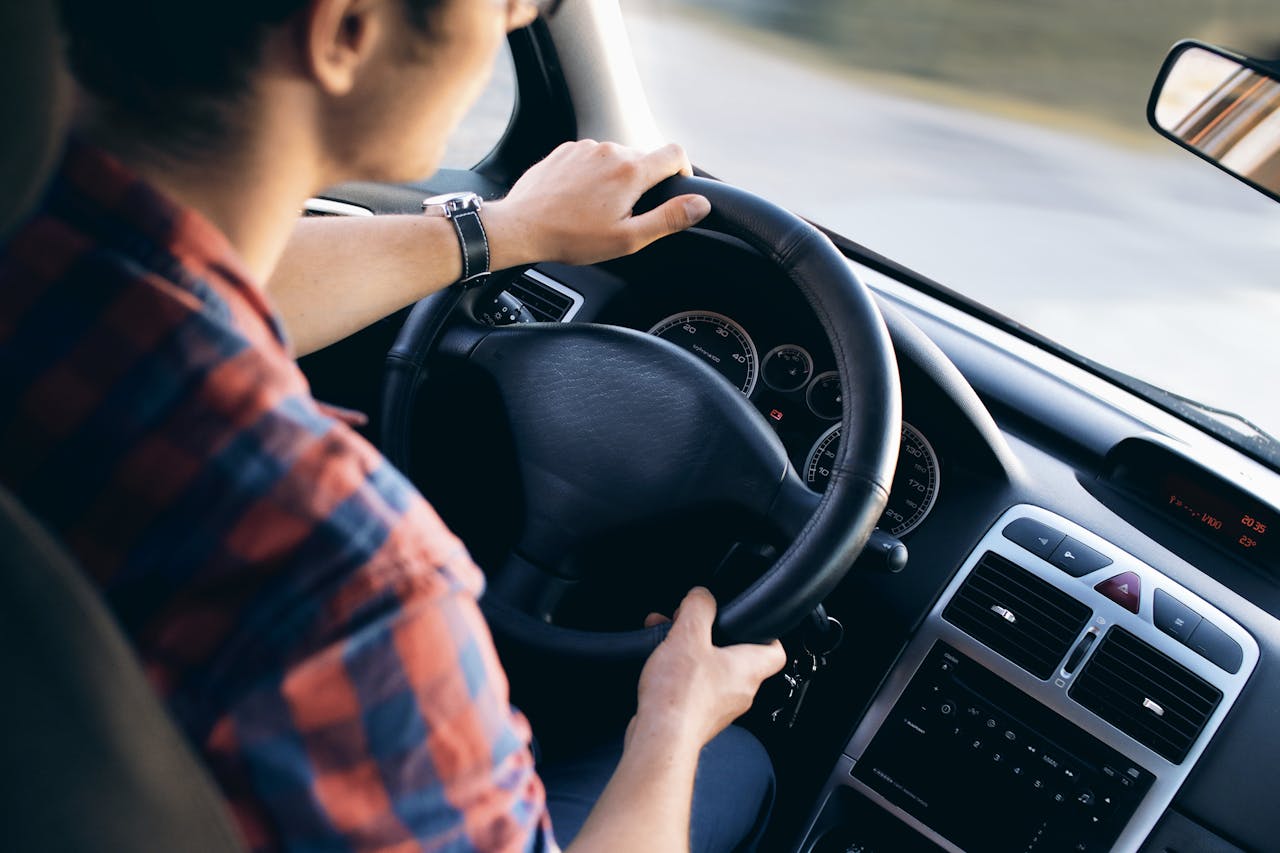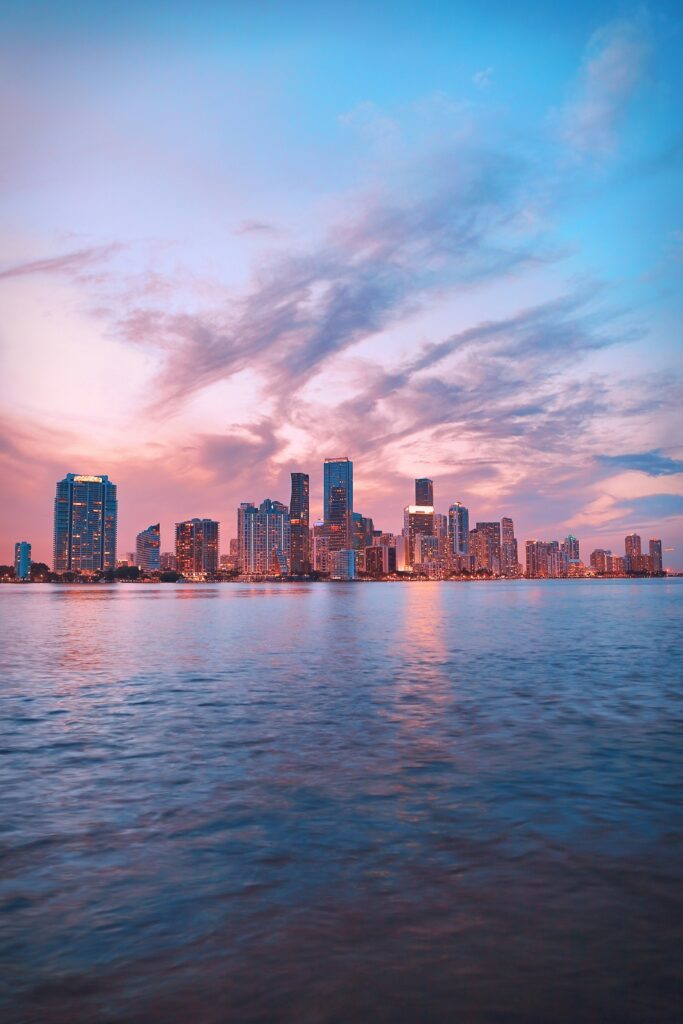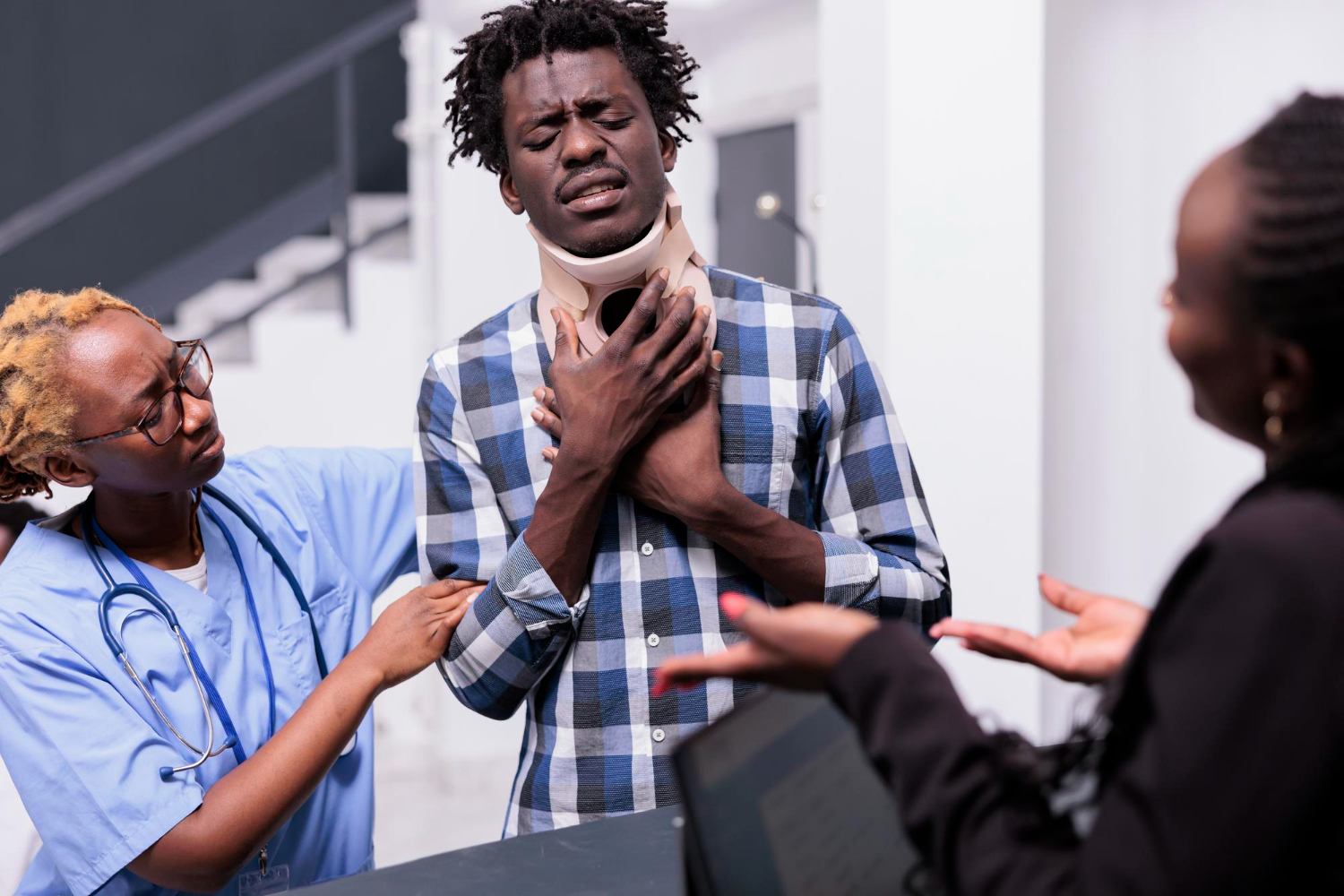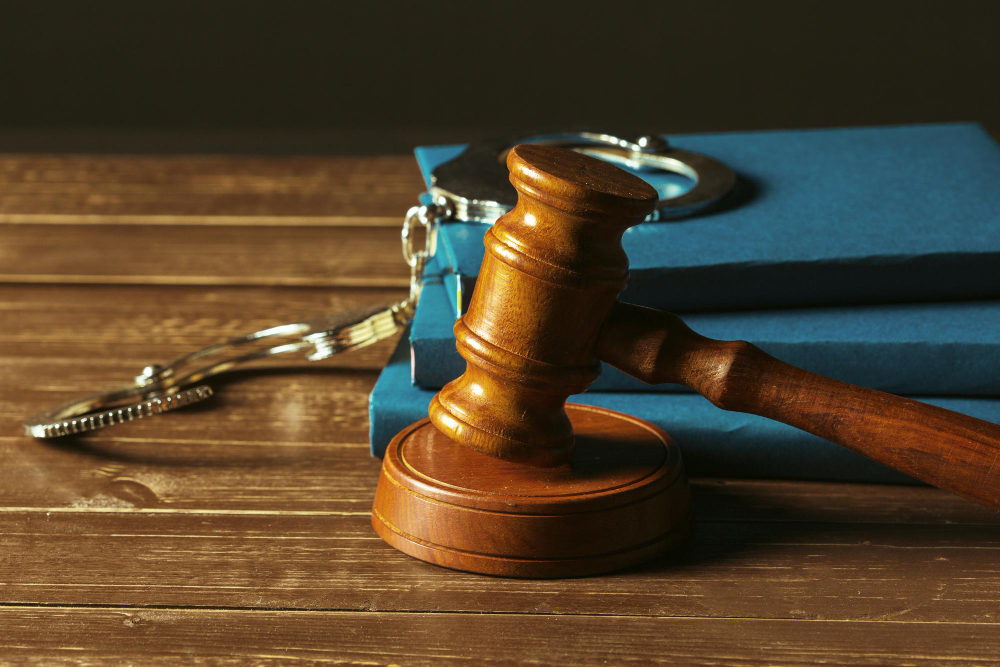Now Reading: Understanding Responsibility in Swerving Accidents and the Legal Consequences for Drivers
-
01
Understanding Responsibility in Swerving Accidents and the Legal Consequences for Drivers

Understanding Responsibility in Swerving Accidents and the Legal Consequences for Drivers
Swerving is often a split-second reaction to danger. It can prevent one crash but cause another, raising challenging questions about fault and responsibility. Courts must weigh the driver’s quick decision against their duty to keep others safe. This blog examines how duty of care, sudden emergency defenses, and comparative negligence affect swerving accidents.
1. Duty of Care and the “ Sudden Emergency” Doctrine
Every driver must take reasonable care to avoid harming others. This fundamental principle underlies liability in most traffic accidents. The court will assess if the swerving driver behaved as a reasonably cautious individual would have in similar conditions. This examination assesses the characteristics of the perceived danger and the options accessible for an abrupt, potentially risky lane shift.
The “sudden emergency” doctrine is sometimes invoked. This legal concept recognizes that a driver faced with immediate danger that they did not cause is not held to the identical standard. They are not required to meet the same standard of flawless decision-making. The driver’s response should be a sensible reaction to the crisis. Swerving to avoid a child is viewed differently from swerving to avoid minor debris.
2. Shared Fault and Comparative Negligence
Liability for accidents is not necessarily clear-cut. Many jurisdictions, such as California, function using a comparative negligence system. This means both the swerving driver and the driver who caused the danger can share responsibility for the crash. The primary responsibility probably lies with the other driver if they maneuver to avoid a vehicle that unlawfully entered their path.
Nevertheless, if the fleeing driver was distracted and veered more aggressively than required, some responsibility might be attributed to them. Understanding these complex judgments of mutual responsibility is a primary reason people seek help from a Hemet car accident lawyer to safeguard their rights and guarantee that an accurate evaluation of liability is provided to insurance firms or a court.
3. Consequences of Avoiding One Accident to Cause Another
The direct result of an accident involving swerving is a dispute over who is responsible with insurance companies. The driver who veered will often assert they did so out of necessity. Others involved will contend that the action was careless. This can lead to claims being denied or reduced, thus leaving the swerving driver financially liable for vehicle repairs and medical bills.
Beyond the financial implications, there are grave legal consequences of a swerving accident. Depending on the circumstances, if the evasive action caused serious injury or an otherwise fatal crash, the driver could face a personal injury lawsuit or even charges of vehicular manslaughter in cases involving a fatality. The driver’s original good motives do not inherently protect them from responsibility for the new accident they caused.
Endnote
Swerving to avoid a collision puts a driver in a legally complicated situation. The law requires emergency actions to be reasonable, even if self-preservation is natural. Drivers must understand duty of care principles, shared fault, and possible legal consequences. In such cases, getting legal help is key to proving fault and reducing long-term impact.










